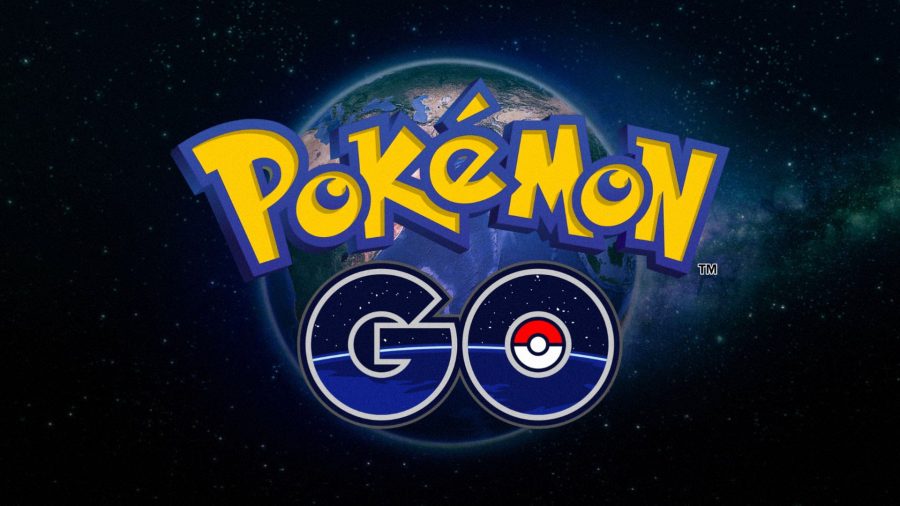Your Guide to Pokemon Go
If you are reading this article, then you have probably already downloaded Pokémon Go and are now looking for advice on how to create a better and more powerful stable of Pokémon so you can knock the spit out of the opposing players. You came to the right place.
Pokémon go is Nintendo’s biggest push towards integration between gaming and exercise yet, and with its mass download rates in just the US and Australia so far, it means that millions of people are staring extraordinarily intently at their phones trying to find and catch all Pokémon possible while walking around. You should be doing the same. The game is built on movement and because of this, you won’t find very many Pokémon sitting on your couch, so get up, and take a stroll around your neighborhood.
Since the game is based on the geography of your area, Pokémon will appear based on the real world environment you are in, meaning, you will not find any Psyducks in the middle of the desert. You are forced to explore if you want to catch a variety of Pokémon, and just taking a stroll through your neighborhood, you will find all suspects you would expect, like Pidgeys and Rattatas. If you actually want to catch a Magikarp, head to the nearest body of water and test your luck.
While roaming, be sure to check the small gray slab in the bottom right hand corner of your screen. That will tell you what Pokémon are nearby. If they are not registered in your Pokédex then they will appeared grayed out until they are registered. You will notice that underneath each Pokémon in this tab, is a set of footprints. The more footprints that are there, the farther away that Pokémon is. No footprints? You are right next to it! Three footprints? You have a little bit of a hike to go on.
In order to catch these Pokémon, as any experienced Pokémon player will know, you will need Pokéballs. You can pick up Pokéballs and such at what are called “PokéStops”. These are blue markers on your map that, if close enough, you can interact with and get Pokéballs, odd potions, eggs, etc. You will also be rewarded with various items when you level up. Once you are close enough to a Pokémon, it will appear on your map and you can tap it on your screen and begin trying to catch it. For high Combat Point Pokémon, you will need better Pokéballs, and better throwing techniques. If you spin the Pokéball before throwing it you are given a better chance at catching that Pokémon. It also helps to wait until the green circle reaches its smallest point before throwing the ball to increase your chances even more so of catching a Pokémon. It will not really matter for the lower level CP Pokémon, but once you start finding Pokémon with CPs of over 100, then it gets a little bit tougher.
Not all PokéStops are created equal, my friends. The one by the fountain just down the street may give you two to three Pokéballs, but if you find PokéStops in high points of interest, like downtown, you will get better rewards, like better Pokéballs, higher strength potions and so on. You want to make a point out of using these items that you find if you are serious about leveling up and training your Pokémon. Some of the items you receive, like Lure Modules, will attract Pokémon to your position or PokéStop, and the best part about it, all the trainers in your area will get to use it as well. When Lure Modules are used, they emit a purple haze around the area and is visible to all the players near the location, Take advantage of this and other people’s kindness, by zooming out on your map and looking around for this haze.
There is a plethora of items you can use to your advantage, like incense, which is similar to a lure module except that it follows around your player and doesn’t need to be attached to a PokéStop. There are also Razz Berries that you can feed to Pokémon to make it easier to catch them.
Outside of running around and catching Pokémon in the wild, you can also hatch and grow them using Eggs that you get as rewards at PokéStops. Put your eggs in incubators immediately after getting them (for maximum efficiency) and, as you walk, you will warm up your egg until it is ready to hatch. Typically it will take between two to five kilometers to hatch an egg so be patient. You start with just a single incubator with unlimited usage, but as you progress through the game, you can either get limited use incubators from leveling up or PokéStops, and you can start hatching more than just one egg at a time.
You can start leveling up your Pokémon by either, leaving them at a friendly gym to fight, unlocked after level five, or you can evolve them by giving them specie specific candies. You can get these candies by catching that type of Pokémon, or transferring that type of Pokémon to receive one candy in return.
To transfer your Pokémon back to Professor Willow (easily the hippest Professor in the Pokémon Universe) you simply need to tap on that Pokémon in your cache, scroll down, and hit transfer, but beware, once you transfer a Pokémon, you cannot get it back.
The main way to power up your Pokémon is going to be through Stardust and Candy. Stardust is acquired every time you catch a Pokémon, hatch an egg, or defend a gym. The nice thing about stardust, is that it is universal and can be used on all Pokémon alongside a candy.
Much like when you power up your Pokémon, in order to evolve them, you will need to gather enough candies of that type Pokémon and spend them on the evolve option found just underneath the power up option.
Hopefully everything you have just read will help you level up your Pokémon and one day become a gym leader yourself. Good luck Catching ’em all!
Your donation will support the student journalists of Cypress Woods High School. Your contribution will allow us to purchase equipment and cover our annual website hosting costs.




